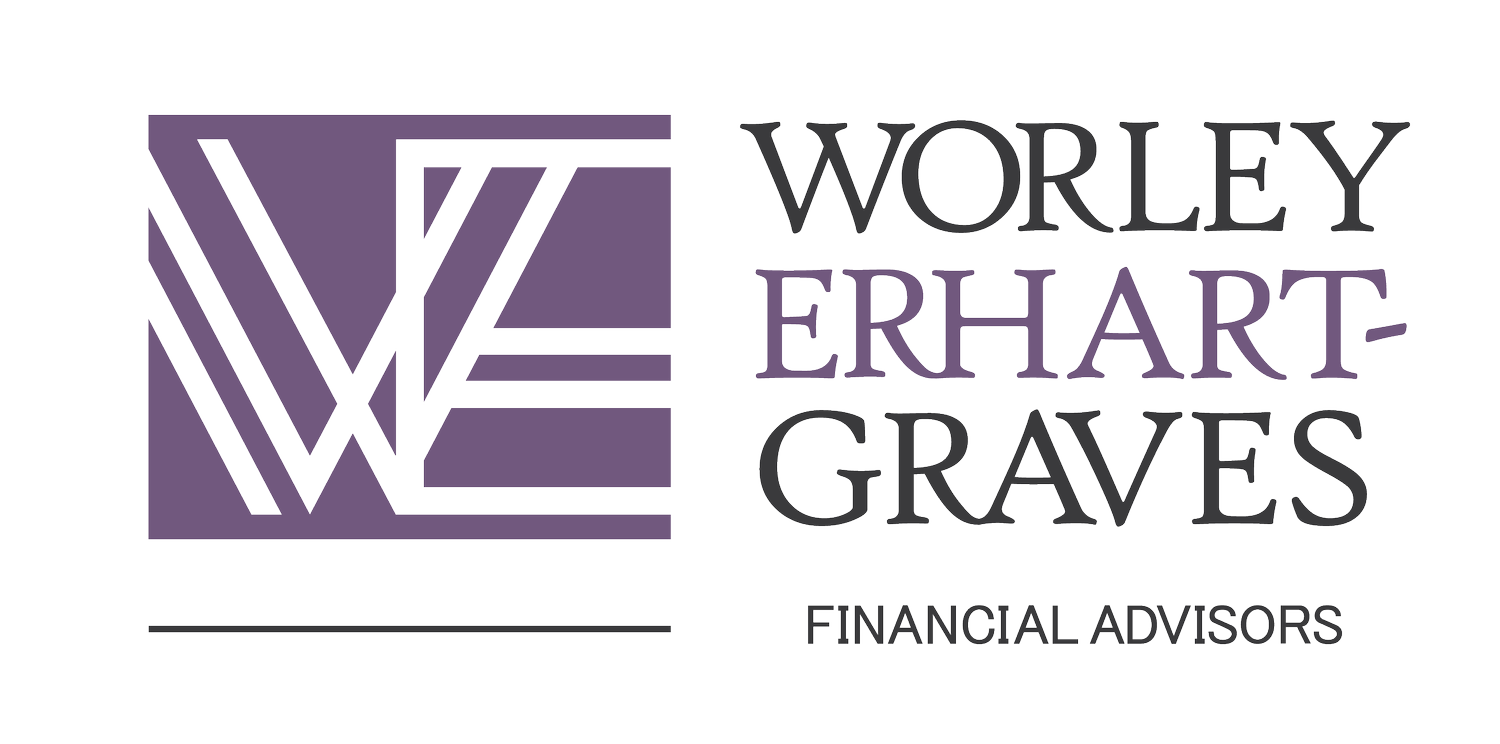Quantitative Easing- Why is it different this time around?
/COVID-19, with its ripple effect, has quickly pushed our economy into a recession. To combat this economic downshift, our federal government is once again using Quantitative Easing (QE) - taking out a huge loan - to pump money into our economy. This happened once before when the housing bubble burst, but this time QE looks much different than it did in 2008 through 2011. Back then the Federal Reserve gave out low-interest loans to banks hoping the excess cash would trickle its way down to the consumer. That didn’t happen. Instead the banks kept the money as excess reserves rather than risking another bad loan on their books. After all, making subprime-mortgage loans is how they got into trouble in the first place.
This time, Congress looked for a solution that would make more of a splash rather than a trickle. One that would help keep the population in the standard-of-living they were accustomed to. Therefore, the new QE program looks much different than the one from 2008. This time the Federal Reserve started pumping massive amounts of money directly to the end-user by sending out $1,200 stimulus checks, increasing unemployment benefits (additional $600 per week), and handing out loans/grants to small businesses through the Payroll Protection Plan, just to name a few. This new QE has increased the M2 money supply (cash, checking accounts, savings accounts, and money markets) by 14.8% annualized over the last 52 weeks, giving us the jumpstart needed to increase liquidity so people could try to maintain their standard-of-living.
To better understand how big this is, let us look at how the system works. To create liquidity, our Treasury Department sells T-Bills, notes, bonds, agency debt, mortgage backed securities, etc. to whomever will buy them, including other countries. But if no one will buy them, the Treasury asks the Federal Reserve to buy them. The Federal Reserve will agree, but it has to print money to pay for the government securities. It is projected that by the end of 2020, the Federal Reserve will have purchased $3.5 trillion in government securities with newly created dollars, according to Oxford Economics. If these dollars are not backed up by work, savings, and investments, then inflation may rear its ugly head, resulting from “too many dollars chasing too few goods.” The only way this would not be inflationary is if productivity grew enough to accommodate the rise in the money supply.
We were first introduced to QE in 2008 when the Federal Reserve engaged in not just one, but three QE programs over four years to help ease the subprime-mortgage recession. Since the money never made it to the consumer, the Federal Reserve was able to start unwinding QE by selling treasuries and mortgage-backed securities to the banks, thus taking money out of the money supply. This approach can take decades. Another method to unwind would be to simply wait for the securities to mature.
Unwinding is a very delicate process since selling securities can put pressure on the bond market and cause rates to rise. At the same time, it’s advantageous for the Federal Reserve to keep interest rates low so their debt-loan payment doesn’t take a big bite out of their budget.
At this stage we can’t even think about how or when QE 2020 will be unwound. We’ll have to wait until this pandemic is behind us. But it is safe to say that we’ve been here before and we will come out on the other side again, one way or another.






